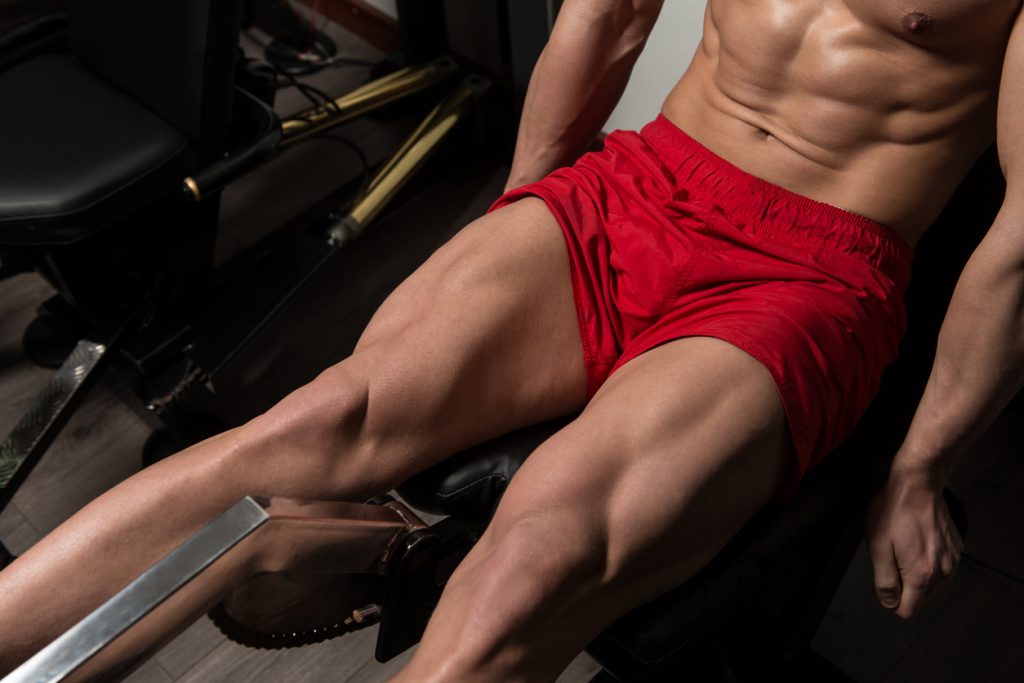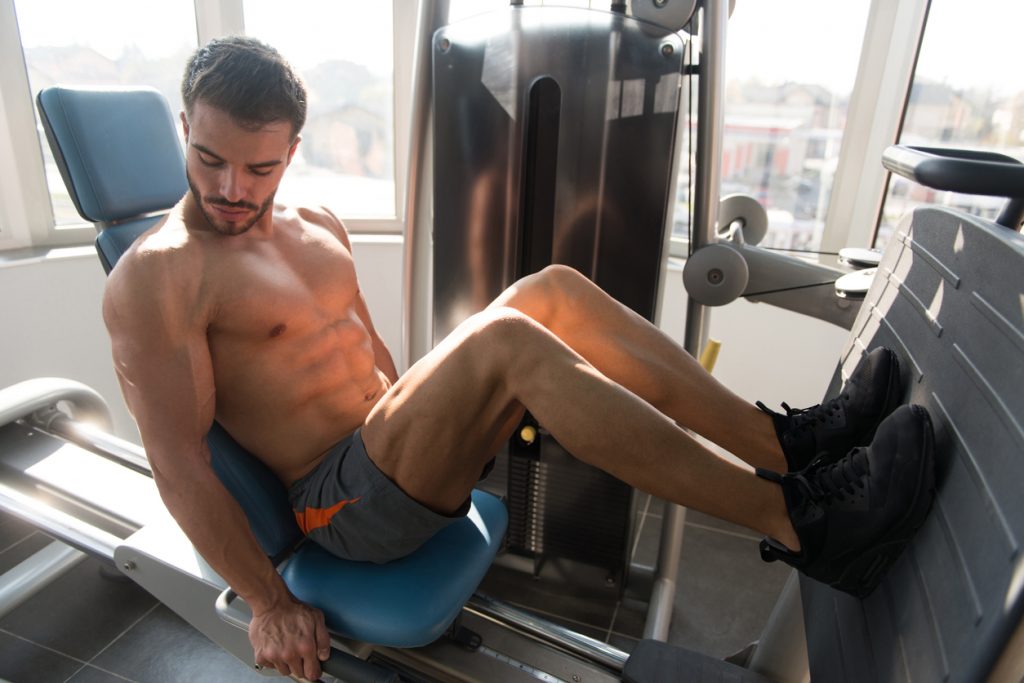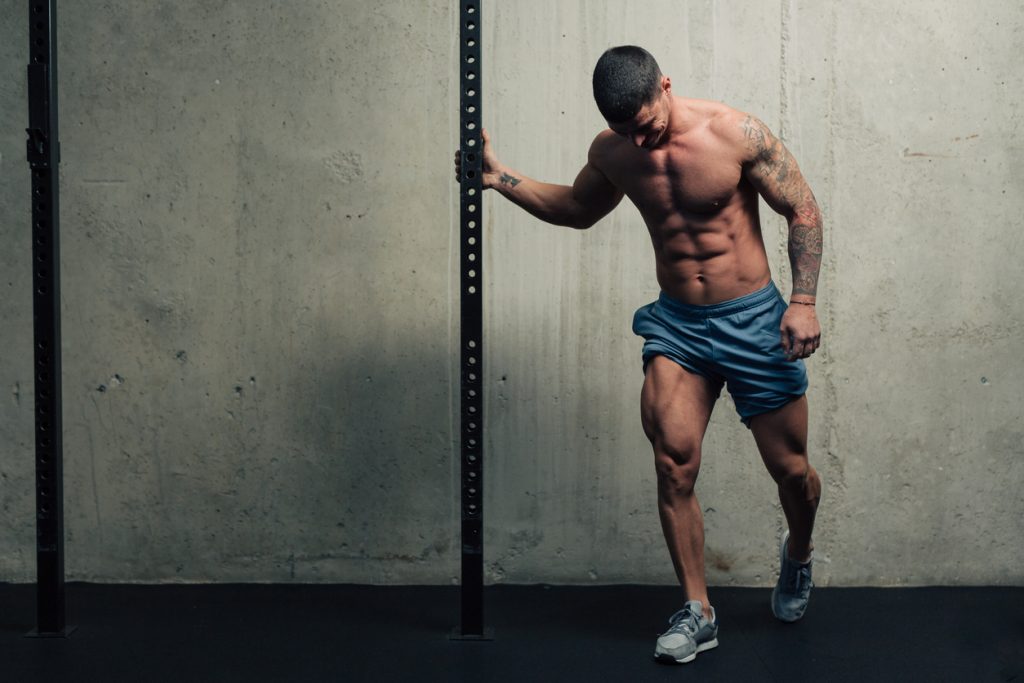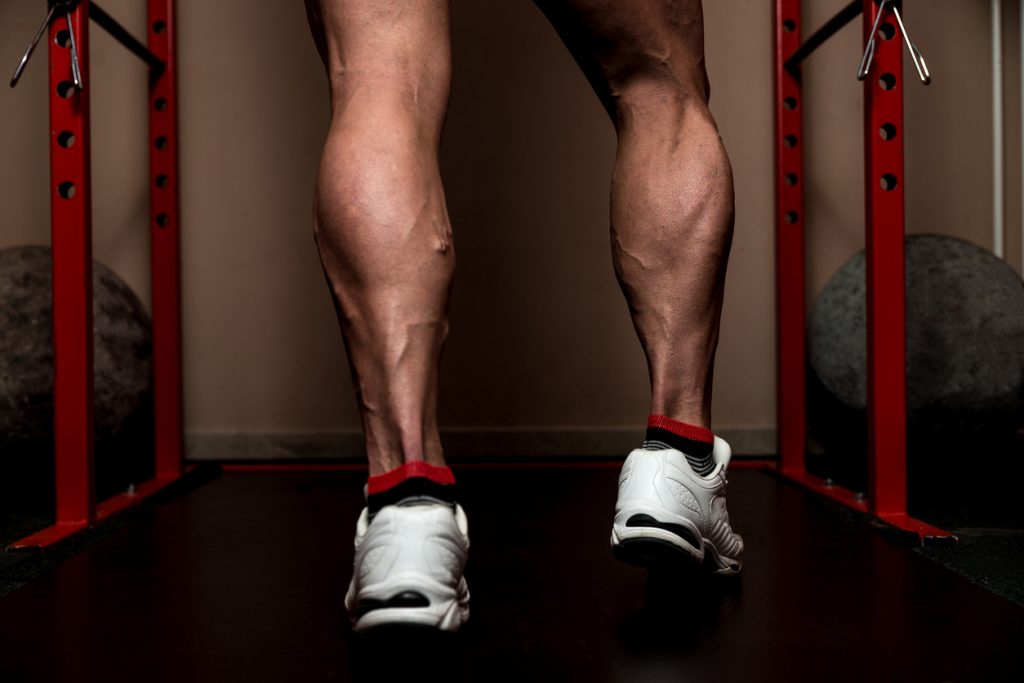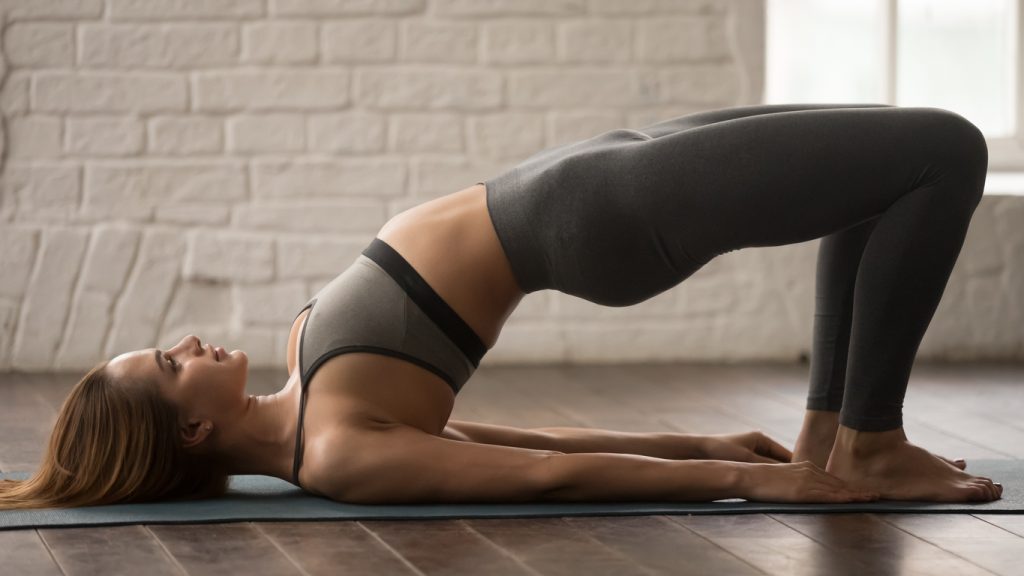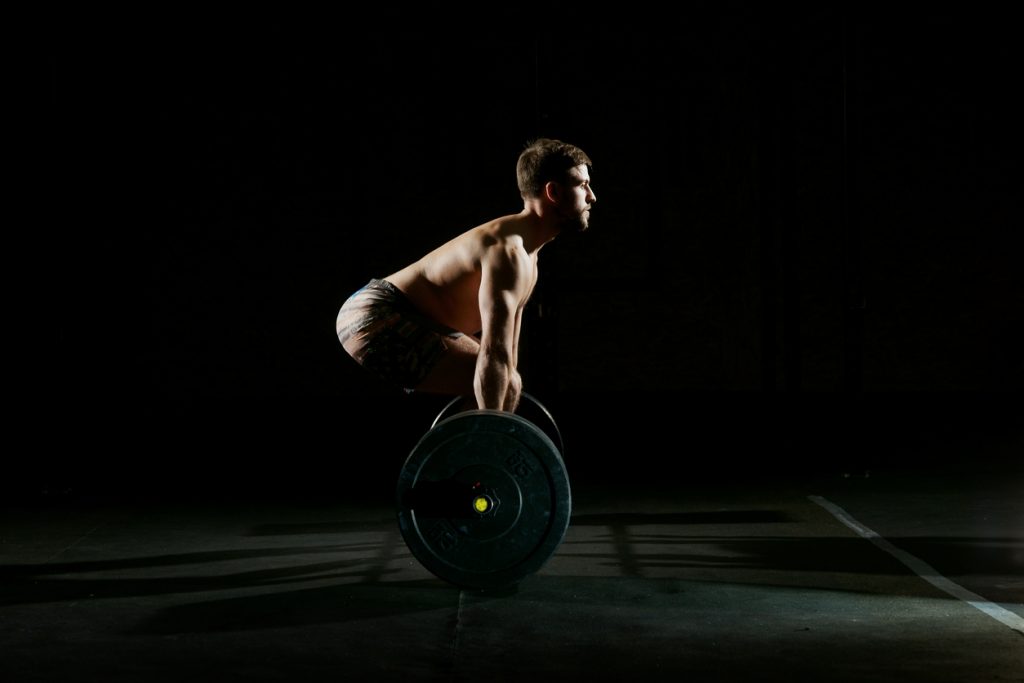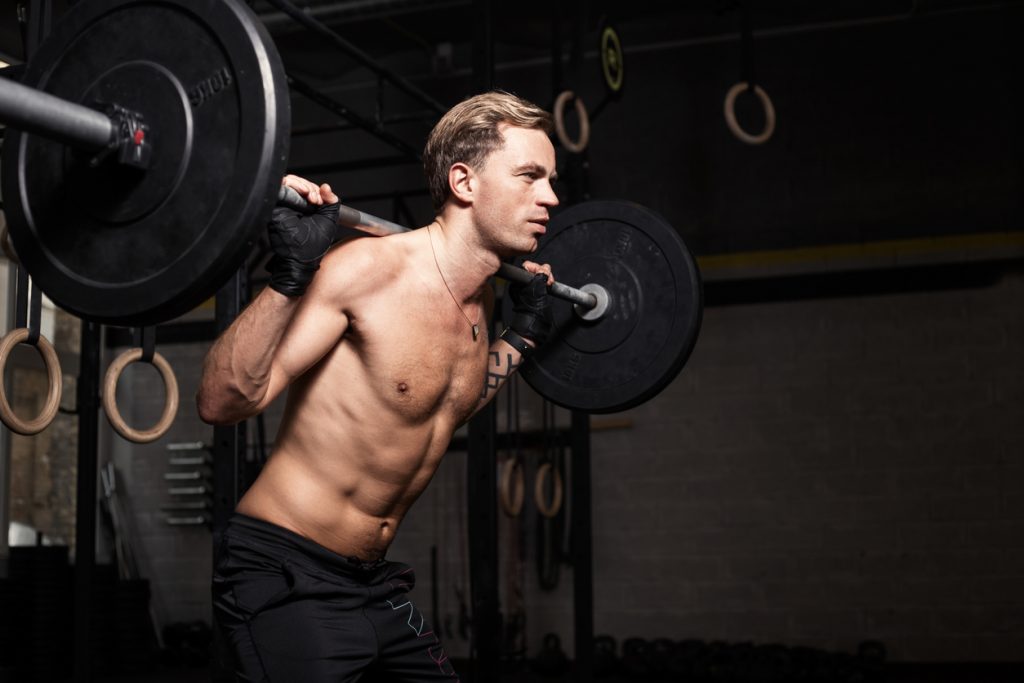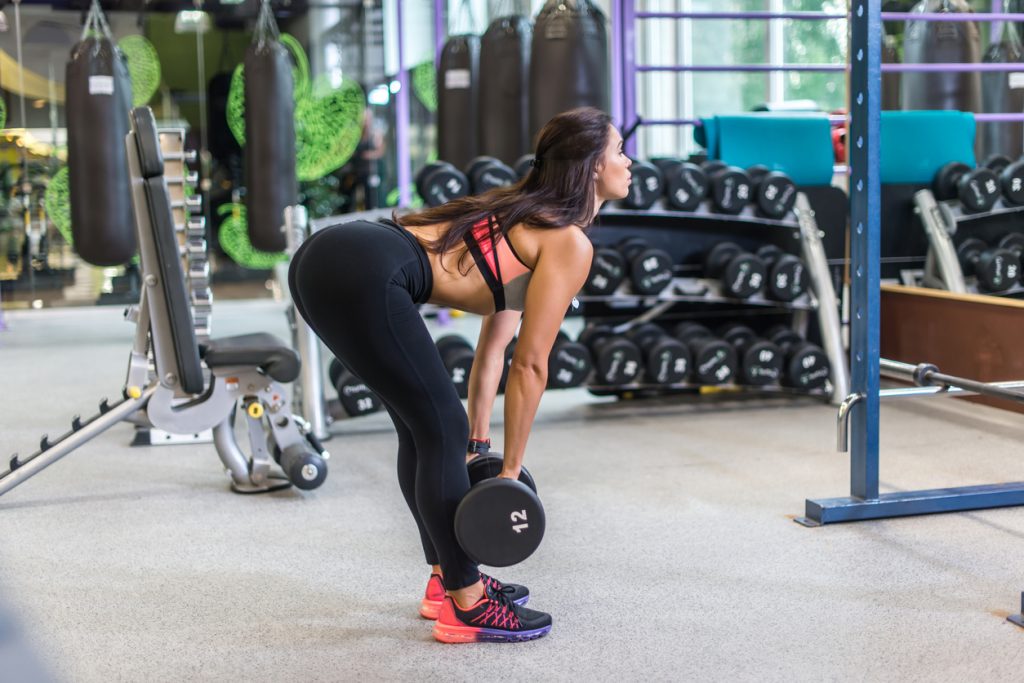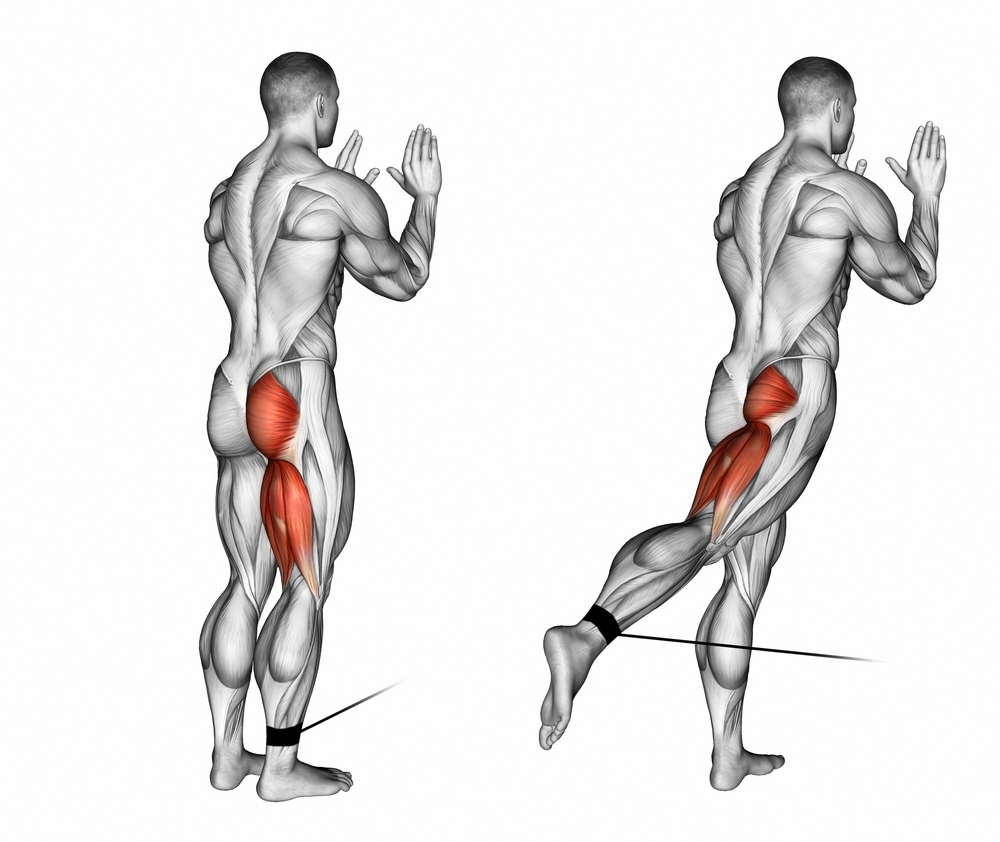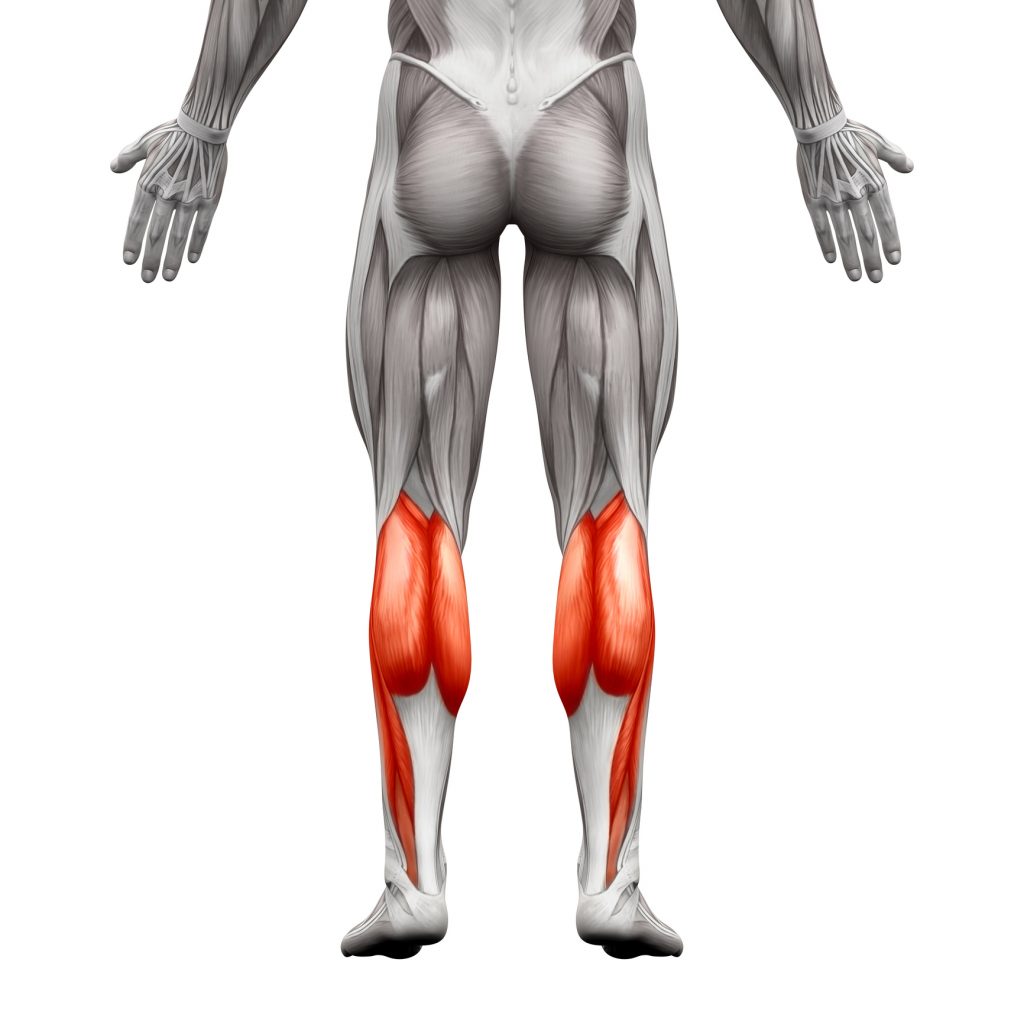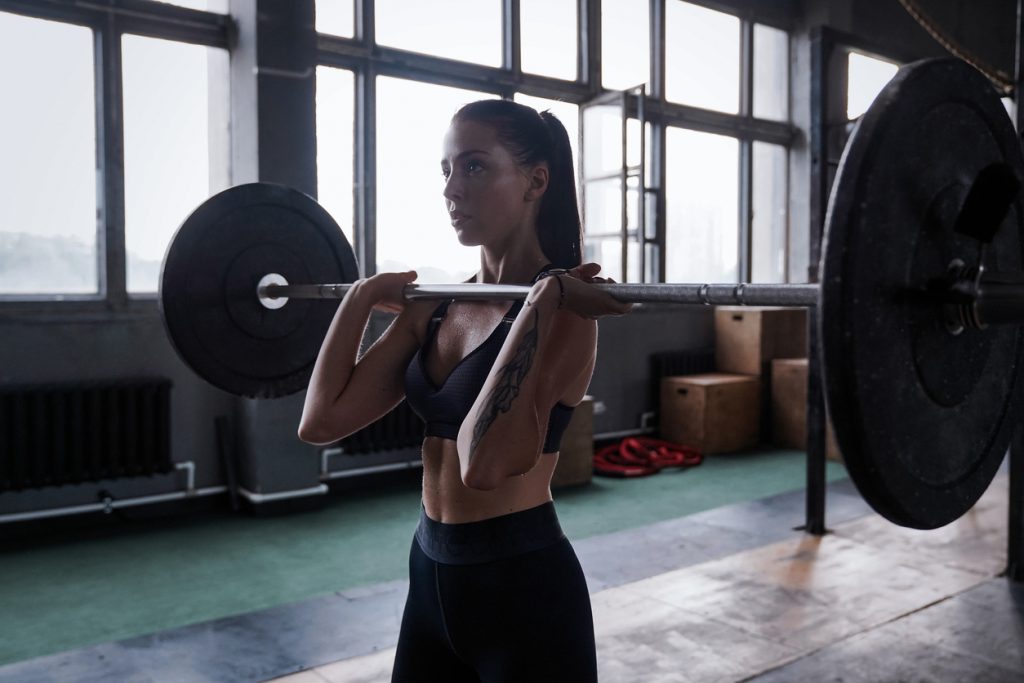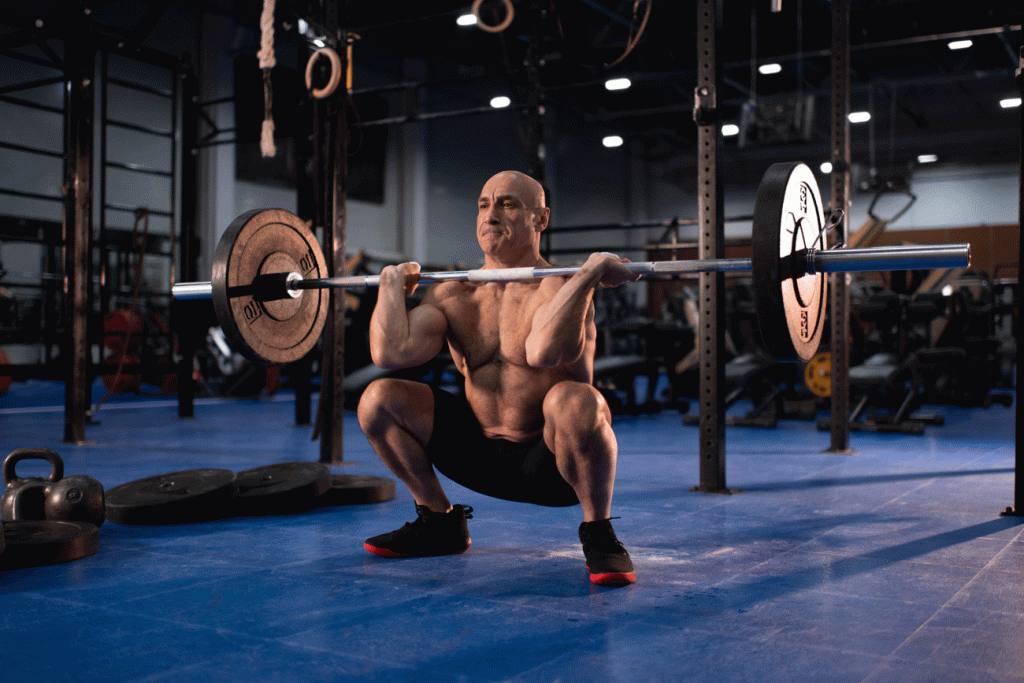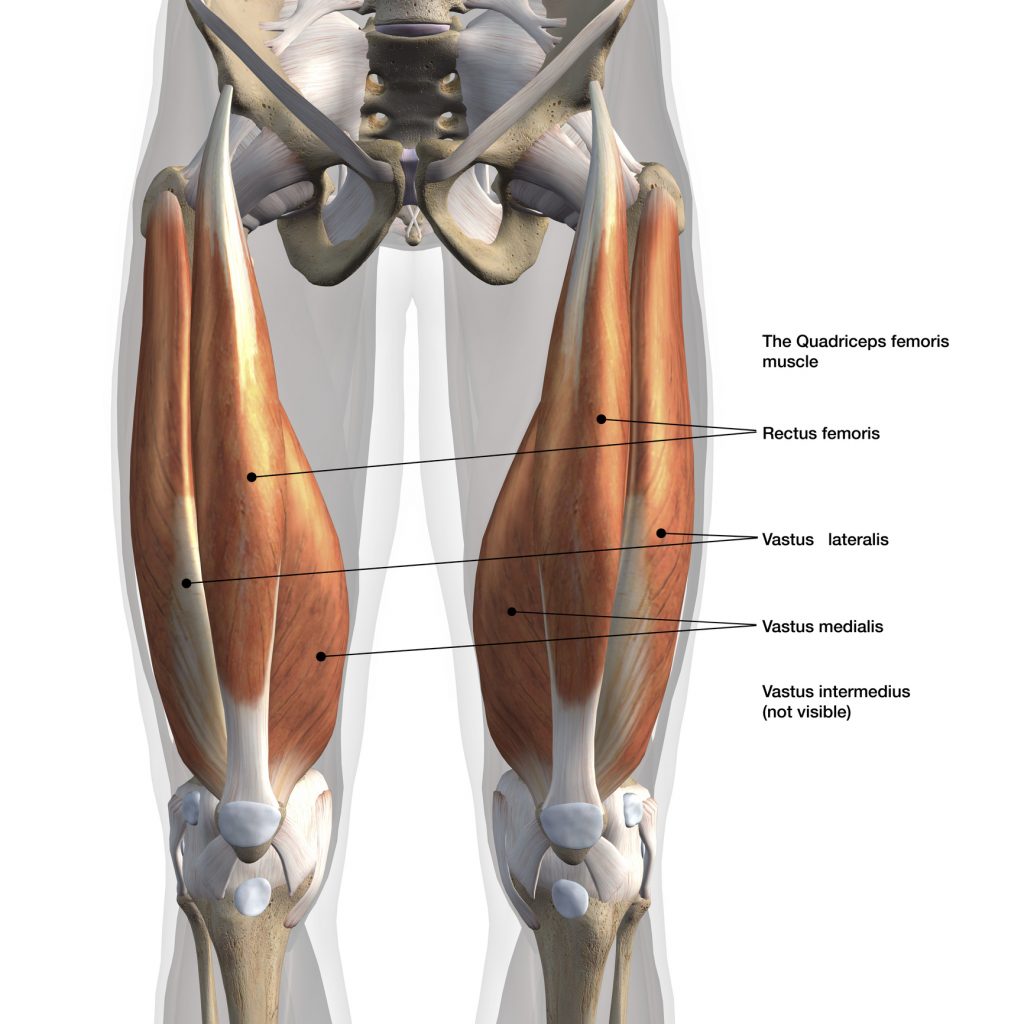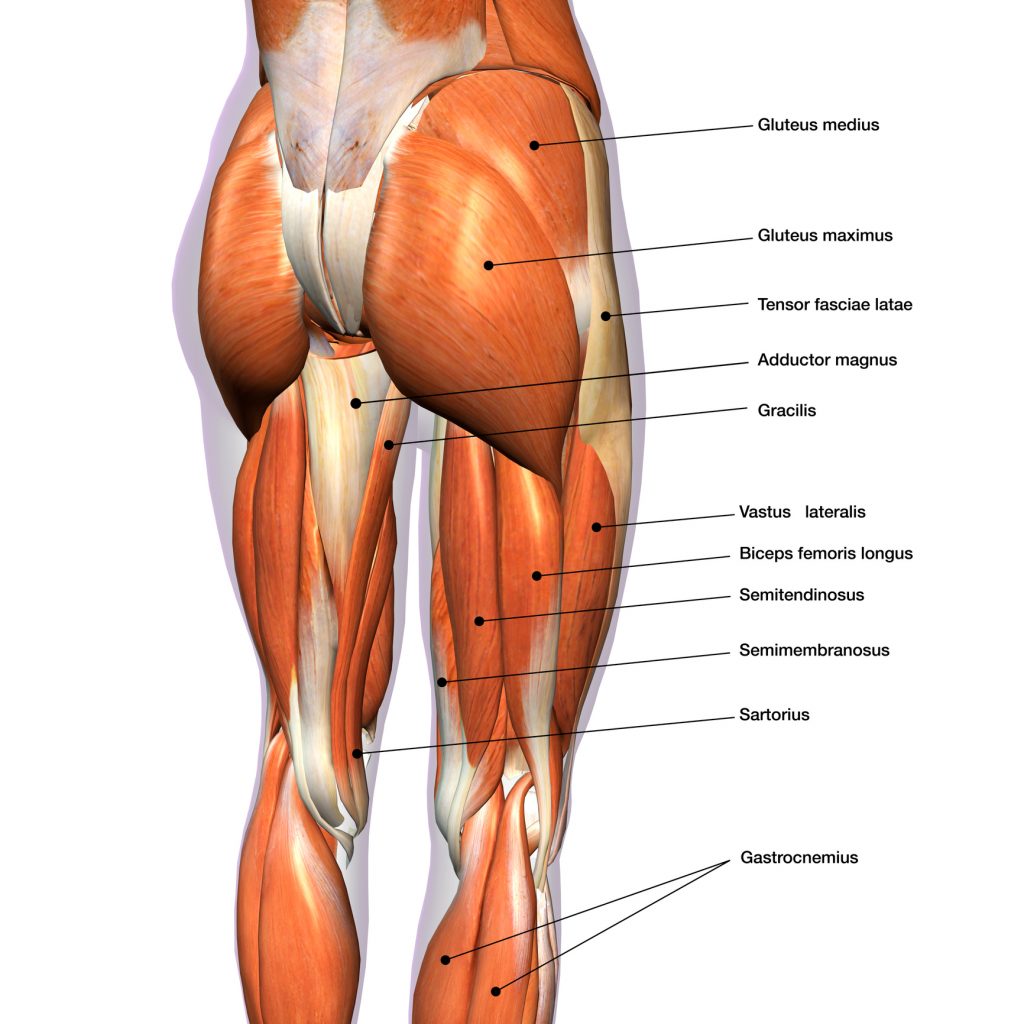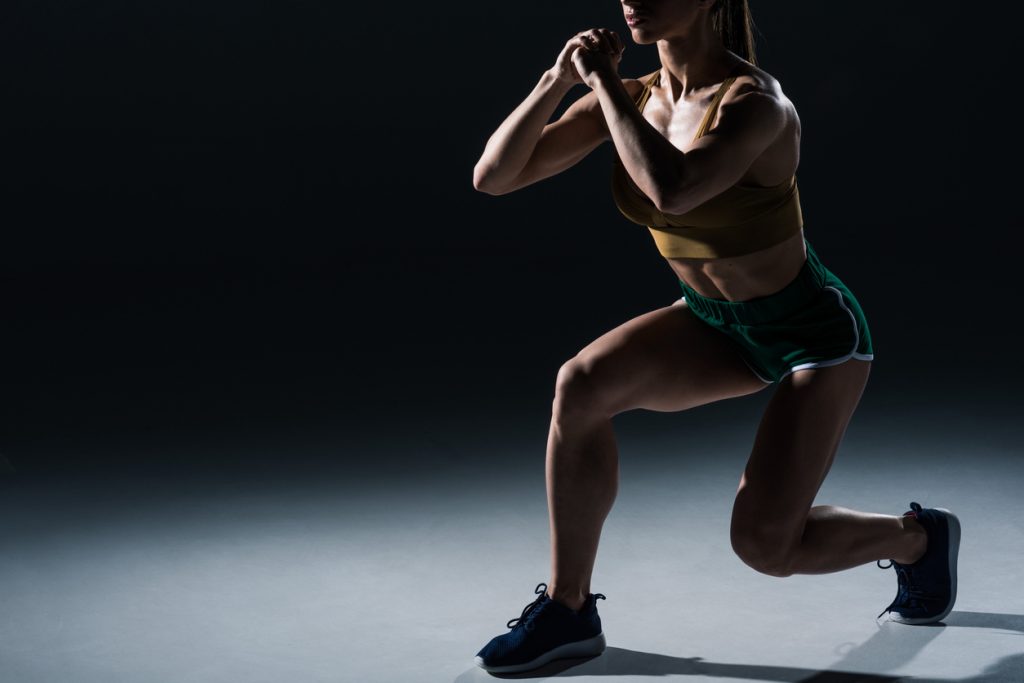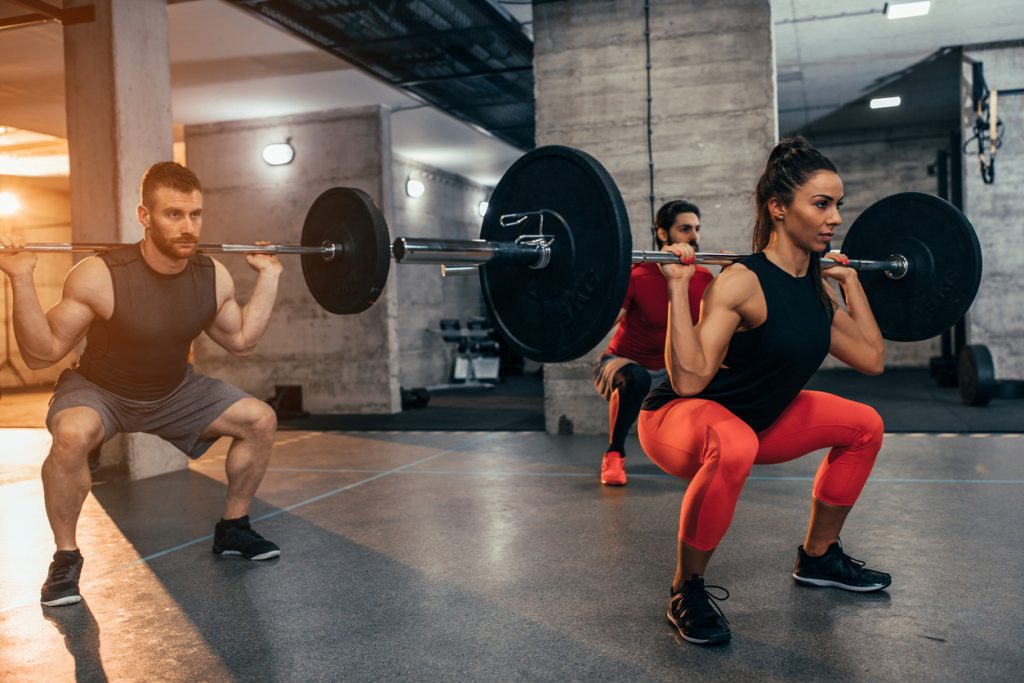In terms of strength training, strengthening the thighs is one of the biggest obstacles faced by exercisers. They are in fact the weak point of many people. Indeed, they are very difficult muscle groups to work. Not only do they require a lot of strength, but they also require a lot of concentration in order for the techniques to be executed correctly.
The squat is seen as one of the ideal exercises for the thighs, but it has so many variations that many find it difficult to identify the most advantageous. As a result, exercisers prefer to perform other exercises that they consider to be simpler, such as the thigh press, leg curl or leg extension. However, these exercises are less effective from a motor point of view.
In this article, we focus on two variations of the squat that can be used to strengthen the thighs, explaining the performance, the advantages and disadvantages of each.
The front squat
Also known as the front squat, this is a variation of the barbell squat. It mainly targets the lower quadriceps.
Performing the front squat
The starting position is to stand with your feet slightly less than the width of your pelvis, your chest straight, your back straight, and your elbows bent. With the bar in front of your shoulders, bend your knees as you breathe in, then bend them back up as you breathe out. It is advisable to stop when the thighs are parallel to the ground, i. e. , favour the half squat over the full squat, at the risk of fracture. The hands can be placed above or below the bar. The exercise can also be performed on a Smith machine. The lower back should not be rounded during the descent.
The advantages of the front squat
This variation of the squat allows for greater flexion of the knees and ankle, and also maximizes the opening of the hip. Thus, it allows mobility improvement. It is a perfect exercise for those who are looking for muscular development, especially thanks to its variant called "hack squat".
Indeed, by carrying out this type of movement, the quadriceps are very recruited. It is also a good alternative to perform a functional training, thanks to its transversality through the shoulder, cluster and thruster landing gestures.
The disadvantages of the front squat
Like any other exercise, there are a few drawbacks. In the front squat, the load is very limited since it is fixed by the upper body. Also, the range of motion depends on the flexibility of the shoulders, hip, ankles or wrist.
This means that if you are not flexible enough, the exercise may not be performed properly. In addition, at the beginning of the movement, you may have an unpleasant feeling in your throat because of the barbell.
The neck bar squat
This is another variant of the barbell squat. It works mainly the hamstrings (or back of the thighs), adductors (or crotch), quadriceps, and glutes.
Performing the neck bar squat
The starting position is to stand with a barbell on your neck. The hands should be wrapped around the bar, the feet slightly wider than the shoulders, the toes pointing outwards. The idea is to bend the knees so that the thighs are parallel to the floor, then push the heels firmly back to stand up. During this movement, the torso and back should always remain straight, and the chest should be out. The heels should never be lifted off the ground. As far as breathing is concerned, you should breathe in during the descent and breathe out during the ascent.
Advantages of the neck bar squat
This type of squat allows to support heavier loads. During this exercise, the glutes are stretched more deeply. It also increases the tension on the lumbar spine. It is an ideal exercise for developing strength in the thighs and buttocks. Depending on the morphology, it is possible to adapt the placement of the bar. It can be high or low.
The disadvantages of the barbell squat
The main disadvantage of this variant of the squat is that it limits the bending of the knees. Also, it does not work enough on flexibility.
Notes
The type of squat to be performed depends on the objectives sought. It is possible to vary the movements during training to get the benefits of each one.
These two types of squats are promoted because of the many benefits they bring to the whole body: they strengthen the spinal muscles and shoulder blade fixators, improve the flexibility of the shoulders, wrists, hip, ankle and knees, correct posture, etc. However, there are other exercises to develop the thighs, such as lunges.

